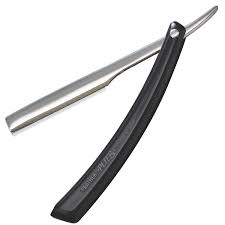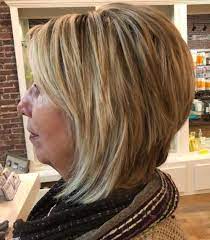
Experienced stylists can use razors to improve their hair-cutting abilities and offer their clients a textured, lived-in look that would not be possible with scissors alone.
Razors with Guards
Razors typically come equipped with guards, though some stylists utilize straight-edge razors. These have an exposed sharp blade, which may pose risks if not handled safely.
Feather Razors for Texturizing
Feather razors are invaluable for creating texturizing cuts with feather-thin precision, unlike scissors, which often cannot provide such results. Feather razors allow users to achieve cutting precision that would otherwise be hard to attain with scissors alone and add movement and natural flow that is far more aesthetically pleasing than blunt cuts.
Caution with Feather Razors
Feather razors should only be used by experienced wet shavers with a light hand, due to their extremely sharp blades that may cause cuts if misused and can also leave razor burn nicks behind if used carelessly; hence, they require greater attention than an ordinary straight razor.
Alternative to Feather Razors
If you wish to avoid makinghase a feather razor, you can still achieve great texturizing using regular straight razors and Gillette Silver Blue double-edge blades. While they will cost less than their feather counterparts, they offer equally sharp results and provide much greater forgiveness if mistakes arise.
Straight Edge Razors for Precise Cutting
Straight-edge razors are barbers’ go-to blades for precise cutting, but wielding one can be dangerous and require extreme precision and patience to wield effectively. Professional barbers use straight-edge razors for actual shaving, providing the closest shave possible.
Varieties of Straight Edge Razors
These single-edge razors come in various styles and materials; among them are high carbon steel (which requires more work to hone and strop but holds its edge better) or stainless steel. Our professional-quality razor features an 8/8 blade constructed entirely from stainless steel from its tang to scales.
Care for Straight Edge Razors
Though heavier than other razors, initial investment costs for safety razors are much lower than disposable replacements and professional sharpening services. Proper care of your safety razor will extend its life and reduce ongoing expenses; only strop with thorough sanitizing after each strop. Use different blades on multiple clients before sanitizing again; always have at least one fresh edge available for each client.
hair Shears for Cutting and Trimming
Hair shears (or “hairdressing shears,” as they’re more commonly known) are essential tools for cutting and trimming the hair. Featuring two blades connected by screws, they come in various sizes to suit every need.
Specialty Shears for Texturizing
Thinning shears, blending, and texturizing shears feature comb-like teeth on one or both of their shear blades to produce various texturizing effects. They are ideal for creating thinner locks without drastically shortening them.
Choosing the Right Shears
Handle design is of utmost importance when buying shears, as it will determine their comfort level. An adequately designed handle can reduce hand, wrist, and elbow strain, leading to carpal tunnel syndrome or repetitive stress injury (RSI). hair shears usually feature finger holes for better cutting precision with adjustable screws at their joint, allowing more precise cutting experiences.
Selecting the Ideal Razor
Quality razor blades are integral to the results you achieve, from smooth shaving experiences to improved skin health outcomes. Switching out for something better may be necessary if you struggle to clear away bumps, ingrown hairs, or a five-o’clock shadow.
Consider Hair Type and Style
Selecting the ideal razor depends on your desired style and hair type. Razor cutting produces jagged or wispy effects that look fantastic with short styles like bobs or pixie cuts; on the other hand, scissors make more blunt looks at the ends. Curly, thick hair may not respond as favorably to razor cuts due to frizz issues; however, thin hair often benefits from additional texture added with razor cuts.
Communication with Clients Is Key
For best results, razors should only be used on wet hair by experienced stylists and only used when necessary – always communicate with clients about their lifestyle, preferred styles, and desired outcomes to adapt styling techniques that meet them effectively.

